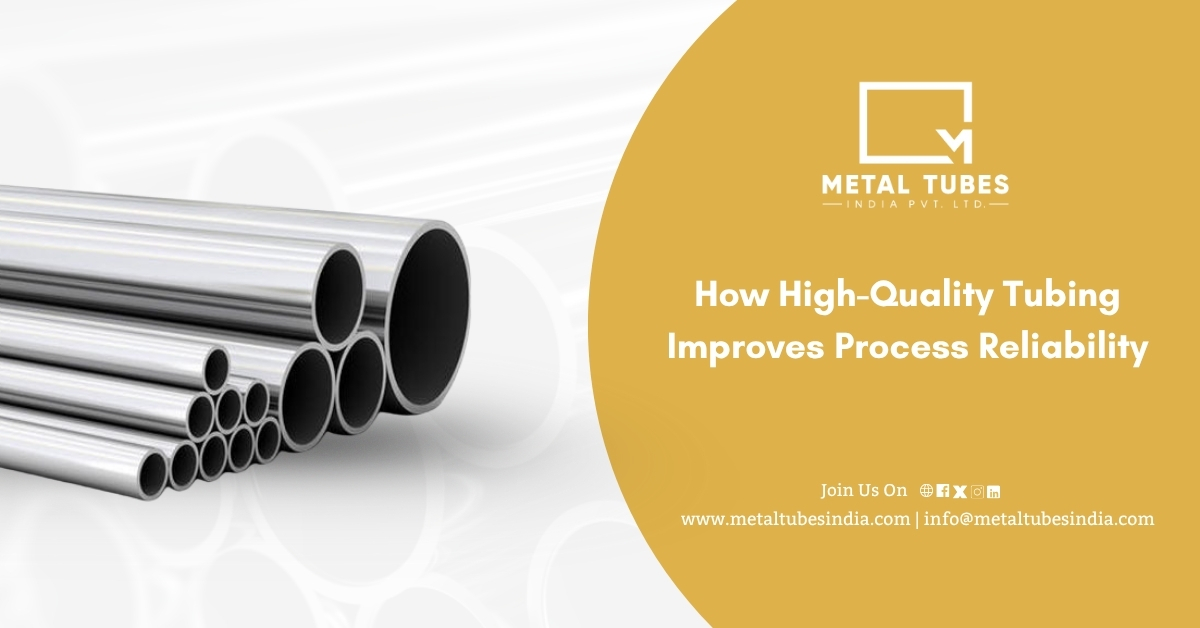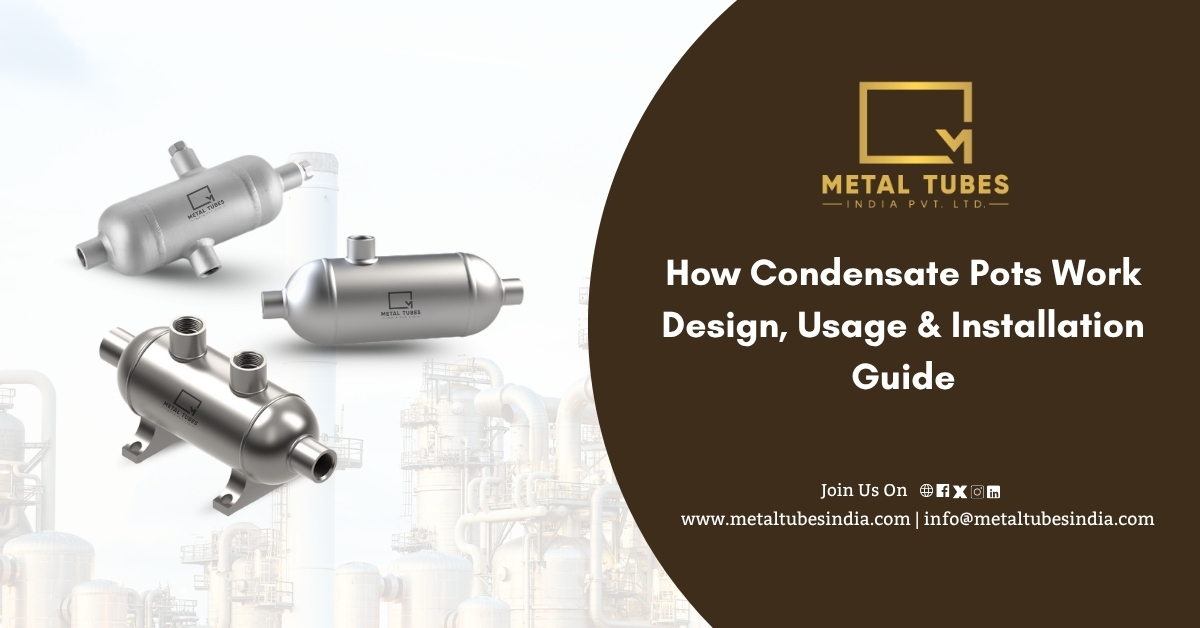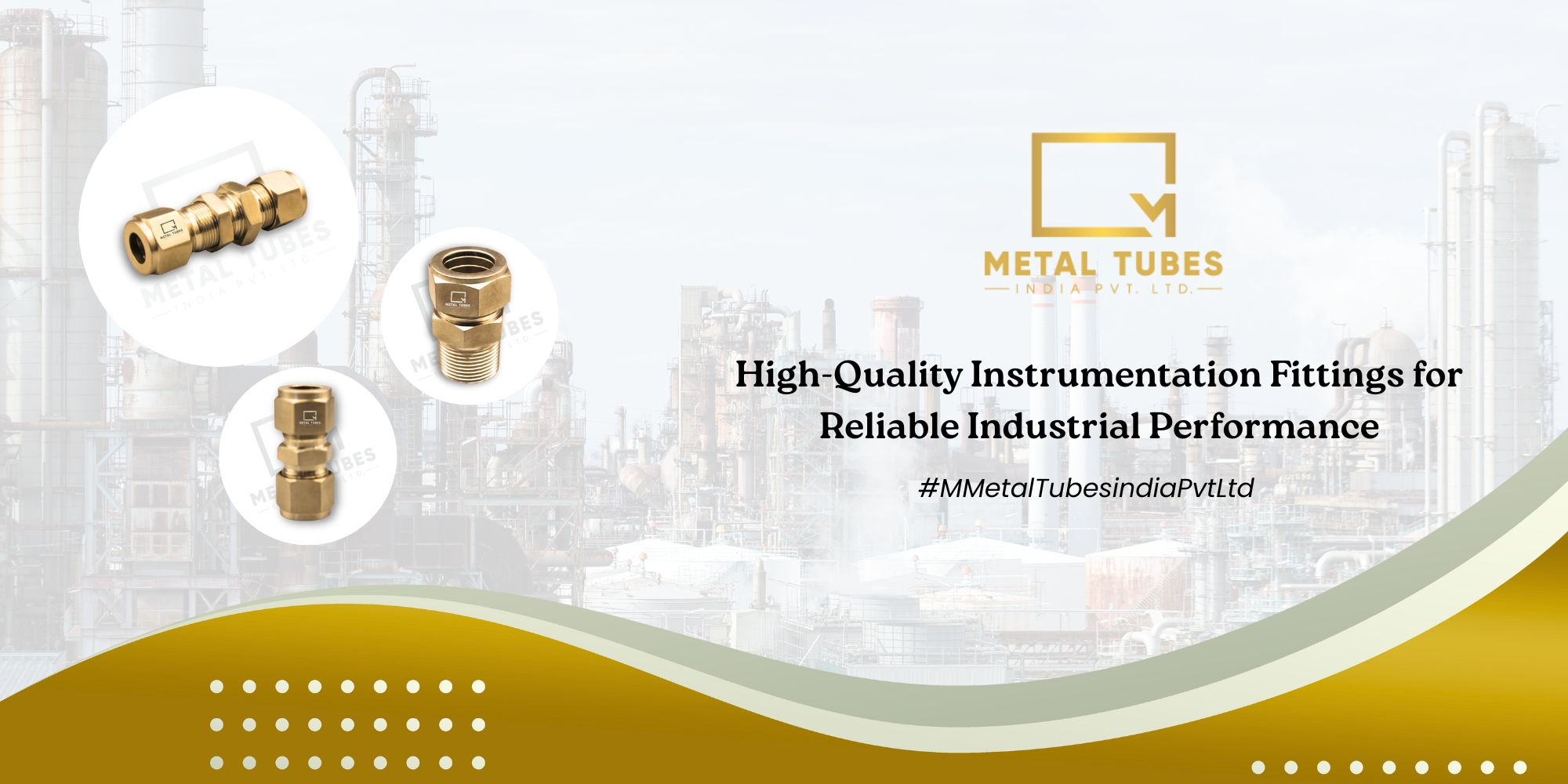Flare Fittings vs Compression Fittings | Key Differences Explained

Flare Fittings vs Compression Fittings – What’s the Difference?
When choosing the right fitting for a fluid or gas system, two names often come up: flare fittings and compression fittings. Both are widely used in instrumentation, HVAC, gas lines, automotive systems, and industrial piping. Even though they serve similar purposes, their design, application, and performance differ. Understanding these differences helps you make informed decisions that enhance safety, reliability, and efficiency.
What Are Flare Fittings?
Flare fittings are mechanical fittings designed for high-pressure systems. The end of the tube is flared using a flaring tool, creating an angled surface that forms a tight seal when joined with a flare nut. This creates a secure leak-proof connection suited for heavy-duty applications.
Key Features of Flare Fittings
- Strong resistance to vibration
- Suitable for high pressure and high temperature
- Reliable sealing due to the flared tube end
- Durable, long-lasting performance
Common Applications
- Gas lines
- Refrigeration
- Hydraulic systems
- Fuel supply lines
What Are Compression Fittings?
Compression fittings are mechanical fittings that use a compression nut and ferrule to secure the tube. When tightened, the ferrule compresses around the pipe, forming a tight seal. They are easy to install and ideal for plumbing, instrumentation, and low to medium pressure systems.
Key Features of Compression Fittings
- Simple and fast installation
- No special tools required
- Ideal for situations where maintenance is frequent
- Effective for low to medium pressure
Common Applications
- Water lines
- Instrumentation systems
- Low pressure air lines
- Chemical lines
Flare Fittings vs Compression Fittings – The Main Differences
- Installation Method
Flare fittings require a flaring tool, making installation slightly more technical. Compression fittings require only a wrench, making them user-friendly.
- Pressure Handling
Flare fittings perform better in high-pressure environments. Compression fittings are usually used in moderate pressure systems.
- Vibration Resistance
Flare fittings offer superior vibration resistance due to the flared metal-to-metal seal. Compression fittings may loosen over time if exposed to continuous vibration.
- Reusability
Flare fittings are reusable as long as the flare is not damaged. Compression fittings are not preferred for repeated disassembly because the ferrule may deform permanently.
- Seal Strength
Flare fittings create a stronger metal-to-metal seal, especially in high-pressure lines. Compression fittings depend on ferrule compression for sealing.
Which One Should You Choose?
Choosing between flare fittings and compression fittings depends on your application.
Select flare fittings if you need
- high pressure resistance
- vibration resistance
- long-term durability
- secure sealing
Select compression fittings if you need
- easy installation
- quick maintenance
- a reliable solution for low to medium pressure
Both fittings offer reliable performance when used correctly. The key is to understand your system’s demands.
♥ Final Verdict
Both flare and compression fittings serve essential roles in industrial and instrumentation systems. Flare fittings offer superior sealing and performance in demanding environments, while compression fittings deliver convenience and flexibility. Choosing the right fitting ensures long system life, fewer leak risks, and more efficient operation.
Call To Action
At M Metal Tubes India Pvt Ltd, we specialize in premium instrumentation fittings, valves, pipes and tubes, condensate pots, air headers, and many more industrial solutions designed for reliability and performance.
Looking for high quality flare fittings, compression fittings or complete instrumentation solutions?
📞 Connect with us today
📧 info@metaltubesinda.com
🌐 Your trusted partner for industrial excellence
Let’s build stronger systems with quality that lasts.




